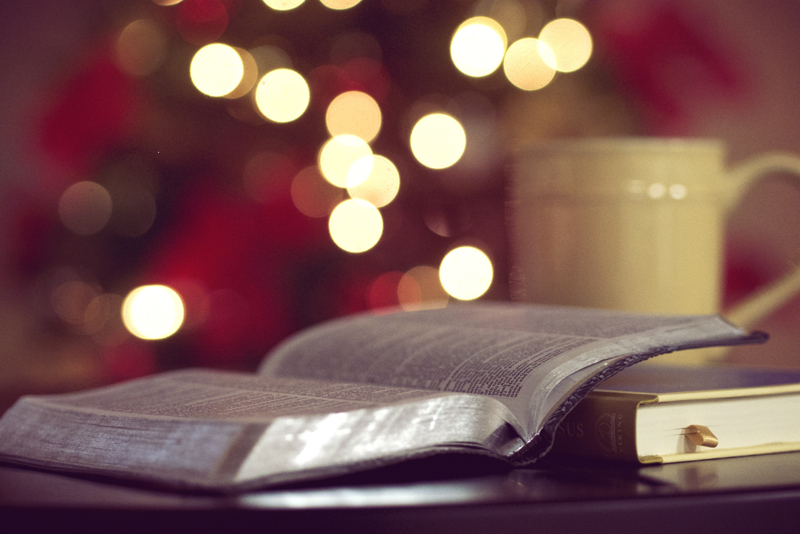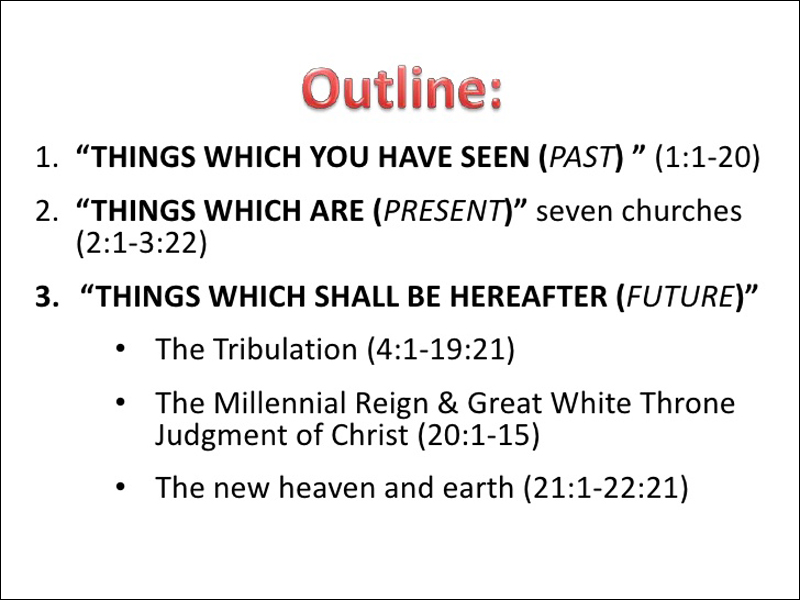How To Study Revelation: There are many interpretive views to the book of Revelation and because of this, most people stay away from it. And yet, God has promised a blessing on those who read it and obey it.
As the Bible says at the beginning of the book of Revelation, “God blesses the one who reads this prophecy to the church, and he blesses all who listen to it and obey what it says. For the time is near when these things will happen” (Revelation 1:3).

How To Study Revelation?
When it comes to the book of Revelation, we need to study it as we would study any other book of the Bible.
The study method should involve observation, interpretation and application.
Observation involves looking for key words and phrases, grammatical and literary structure and literary form and literary atmosphere.
Once we have completed our observation, we need to interpret and apply. This is no different to studying other books of the Bible.
Literary Form, Structure and Atmosphere
If we are going to understand the book of Revelation, then we need to start with literary form, literary structure and literary atmosphere.
1. Literary Form
The literary genres (forms) of Revelation are apocalyptic, prophetic and epistle (letter).
A letter is usually written to address specific circumstances or problems with information that would be understood by the readers. The beginning and ending of Revelation resembles the format of a letter.
The main part of Revelation is apocalyptic prophecy. An apocalypse is a first person narrative of someone’s visionary experience. In the book of Revelation, it is John recording his visionary experience. It involves heavenly and future experiences.
What is the significance of putting this altogether? It helps us understand Revelation.
At the time John wrote this letter, God’s people were living under an oppressive regime. If this is what life is all about, there is not much to live for. Therefore, this letter is a letter of encouragement. John visionary experiences tell us that there is more – a lot more. But also this letter is a letter of warning – don’t let your situation led to compromise.
Someone said this, “If you are God’s people living under an oppressive regime, an apocalypse might help you to reinterpret that situation and see it in a brand new light.”
2. Literary Structure
The book of Revelation has its own outline or literary structure. “Write the things which you have seen (chapter 1), and the things which are (chapters 2-3), and the things which will take place after this (chapters 4-22).

In chapter one, John writes down the vision of Jesus Christ. In chapters two and three, John writes down the letters to the churches. In chapter four to twenty-two, John writes down the things which were to take place in the future. Chapters four to nineteen specifically focus on the Great Tribulation.
The architecture of chapters four to nineteen involves a seven-fold structure – seven seals, seven trumpets and seven bowls judgments. This is often referred to as a heptadic structure.
Between the sixth and seventh seal judgments we have an interval which introduces us to two important groups who survive God’s judgment upon the unbelieving world – the 144,000 Jewish evangelists (7:1-8) and a multitude of martyrs (7:9-17).
Between the sixth and seventh trumpet judgments, we have another interval which introduces us to the seven great personages of the end times. In chapter five, we see the first five great personages – the woman (the nation of Israel), the man-child (Jesus Christ), the Red Dragon (Satan) and Michael the archangel. In chapter thirteen, we are introduced to the beast of the sea and the beast of the earth.
Between the sixth and seventh bowl judgments, we have another very brief interval where the Lord proclaims a special blessing on the tribulation saints (16:15).
Once we understand the literary structure of Revelation, our study of Revelation will become easier.
3. Literary Atmosphere
Literary atmosphere changes as we read through the book of Revelation. Atmosphere is all about putting ourselves in the author’s shoes. What is the setting? What is the feeling? This helps bring greater understanding to the study and application of God’s word.
How to study Revelation is no different than studying any other book of the Bible – observe, interpret and apply.
How To Study Revelation Resource Material
Understanding and Applying the Bible by Robertson McQuilkin
Revelation 1-7 An Exegetical Commentary by Robert L Thomas
Revelation 8-22 An Exegetical Commentary by Robert L Thomas
Revelation: The John Walvoord Prophecy Commentary by John F Walvoord